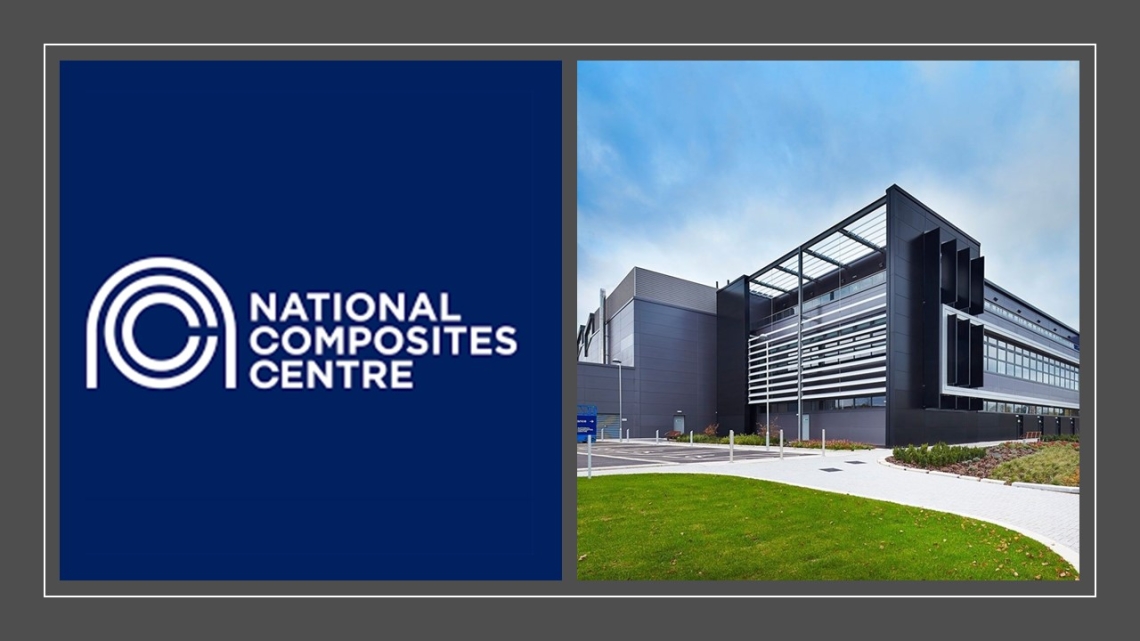The exponential growth of composites across aerospace, automotive, and advanced manufacturing sectors has made one thing clear — precision surface preparation is critical to achieving reliable, high-performance bonds.
At the National Composites Centre (NCC) in Bristol, a facility known for pioneering composite innovation, their Vapormatt wet blasting machine (equivalent of the new Puma XL) plays a vital role in supporting aerospace members in optimising their bonding processes.
Why wet blasting?
Traditional surface prep methods like manual abrasion, dry blasting, or peel ply often struggle with consistency and risk damaging delicate fibres. Vapormatt’s wet blasting process, however, offers:
✅ Uniform, controllable surface finishes
✅ Reduced risk of fibre damage
✅ Improved reproducibility through adjustable process parameters
By combining compressed air, abrasive media, and water in a highly controlled way, their Vapormatt wet blasting machine delivers a lubricated, finely controlled abrasive action — ideal for removing resinous layers and preparing composite surfaces for maximum adhesive coverage.
At the NCC, the wet blasting machine’s large working envelope, gloved access, and processing variables allow operators to tailor surface finishes for even the most complex composite parts. The result? Stronger, longer-lasting bonds and the ability to meet stringent aerospace quality standards.
As the composites industry continues to evolve, advanced surface preparation technologies like wet blasting are essential for maintaining structural integrity without compromise.























